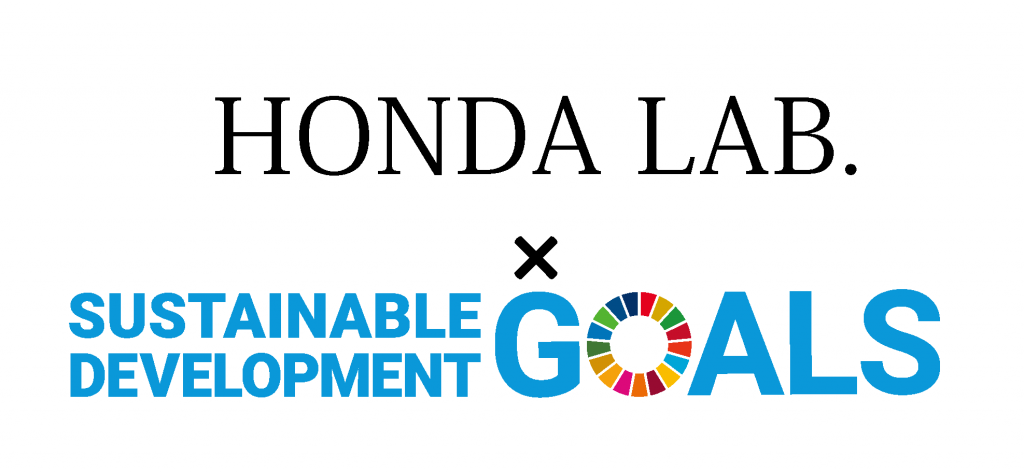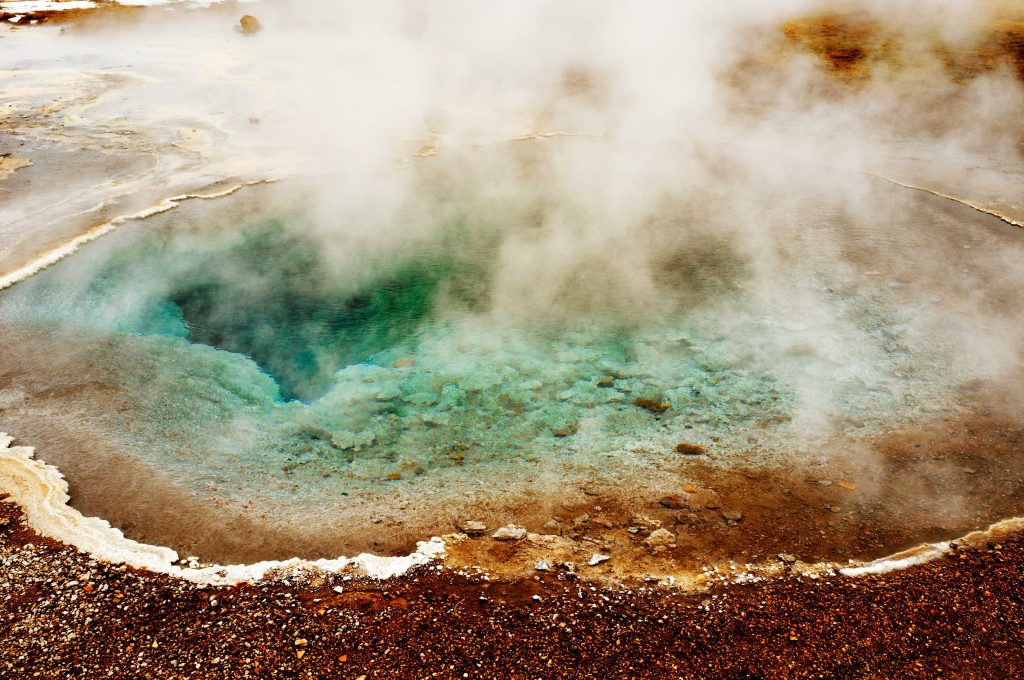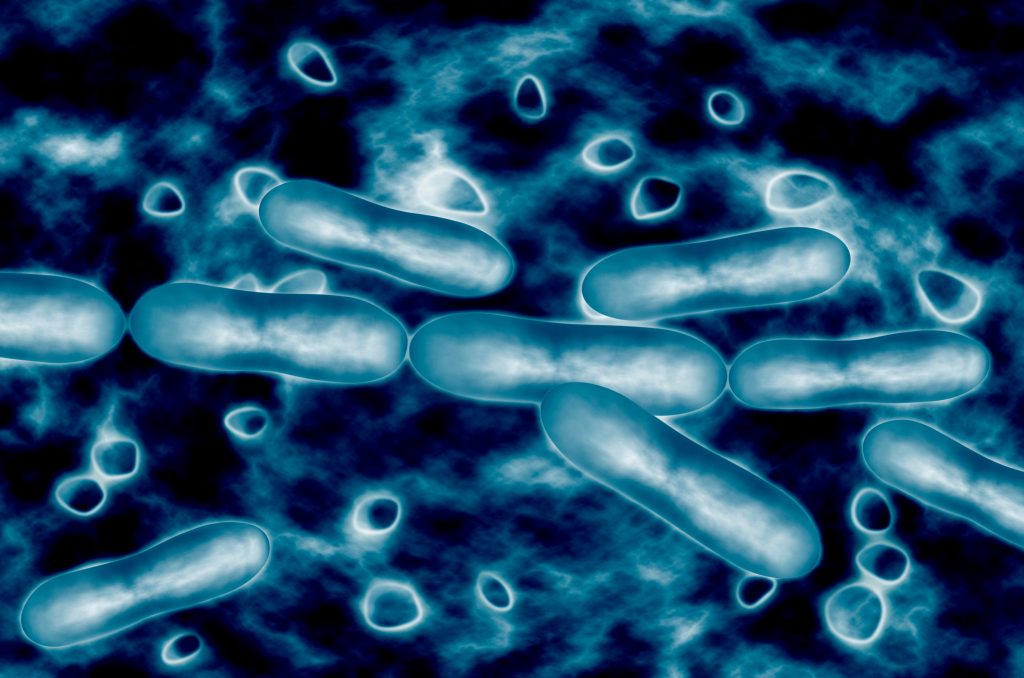

1. We will achieve the SDGs by elucidating and engineering the unique functions of microorganisms.

Development of new technologies by assembling the diverse functions of microorganisms
We assemble unique functions of microorganisms in a bottom-up manner to develop artificial biological systems (synthetic bioengineering). These systems can be used for chemical production and monitoring technology.

 Prof.HONDA
Prof.HONDAMicroorganisms can grow in extreme environments, such as high temperature and acidic conditions, where humans can never survive. Use of such a great diversity of microorganisms allows us to develop industrially useful technologies.


Developing New Technologies for Resource Recycling with the Power of Microorganisms
The interaction of various microorganisms will be unraveled and used for resource recycling.



The total biomass on Earth is about 550 gigatons, and surprisingly, microorganisms account for about 16% of this. This vast array of microbial interactions is a major driving force of resource circulation on the planet.
Cultivating bioengineers who can play an active role on the global stage
We promote mutual understanding between diverse students by providing them an international research environment. We are also developing online international education programs for the post-Corona era.




2. Searching for new useful compounds from thermophilic bacteria.






Research on secondary metabolites produced by “thermophilic bacteria
In addition to primary metabolism (amino acids, fatty acids, etc.), which produces compounds essential for growth, organisms may also engage in secondary metabolism, which is not necessarily necessary for growth. Secondary metabolites produced by secondary metabolism include antibiotics used as drugs. In order to find new compounds of secondary metabolism, we focus on thermophilic bacteria and study how these compounds are biosynthesized.
- What is Thermophilic bacteria ?
-
It is a microorganism with an optimum growth temperature of 45°C or higher or a growth limit temperature of 55°C or higher.
- What is drug-resistant bacteria ?
-
For example, when a person catches a cold, the hospital prescribes antibiotics to eliminate the bacteria causing the infection, but as this process is repeated, “drug-resistant” bacteria that can tolerate these drugs emerge. This is a problem in medical practices around the world, and there is an urgent need to discover new compounds with antimicrobial activity.





Thermophiles have been studied for many years because of their interesting properties, but they have rarely been investigated as a source of new useful compounds. We are focusing on the potential of thermophilic bacteria to discover and develop new useful compounds.


